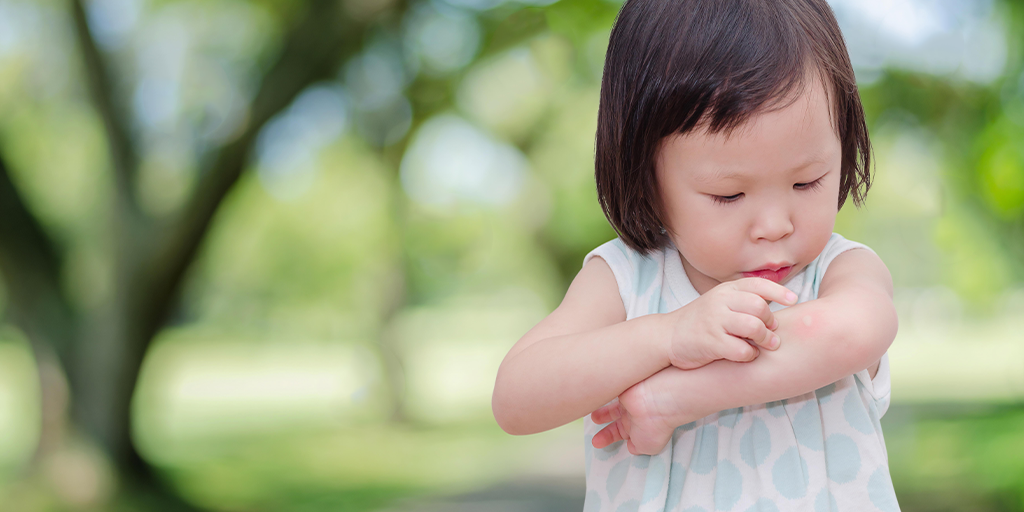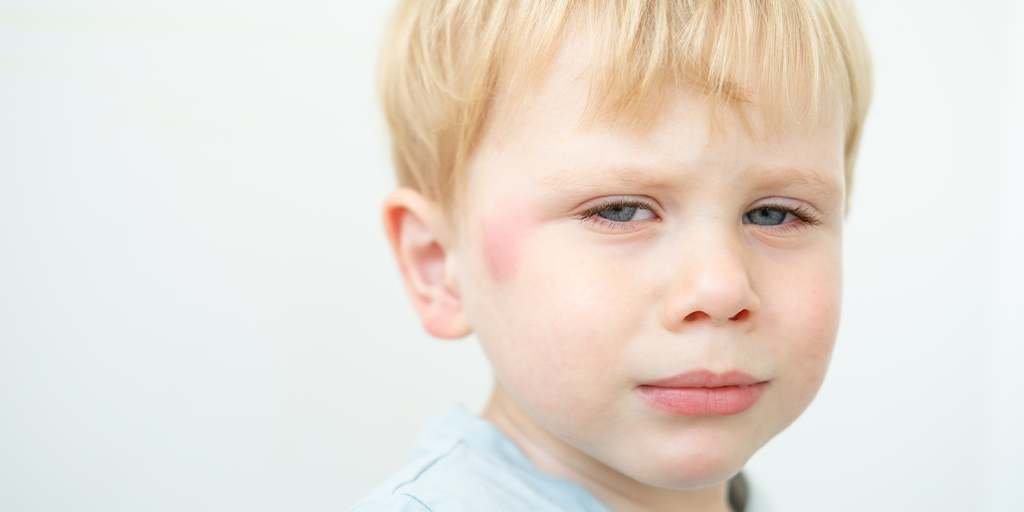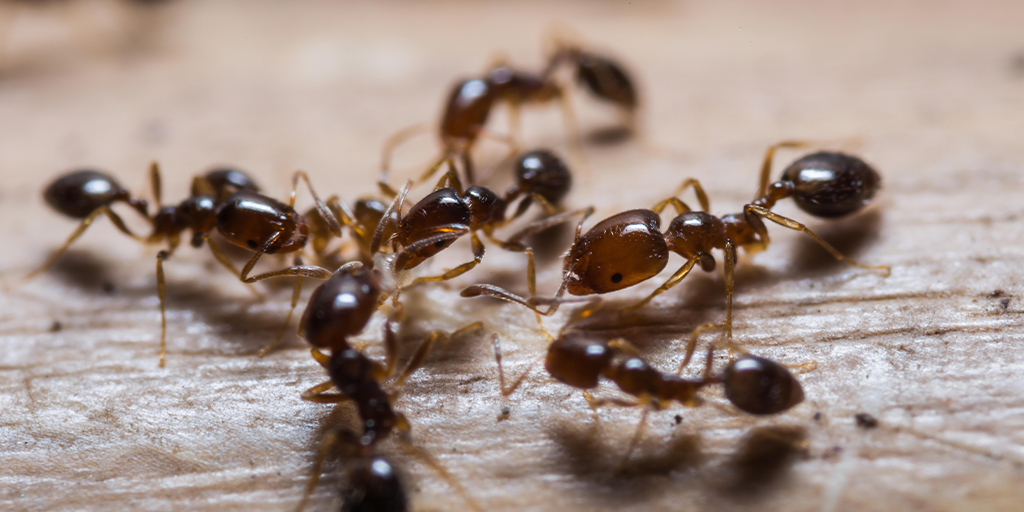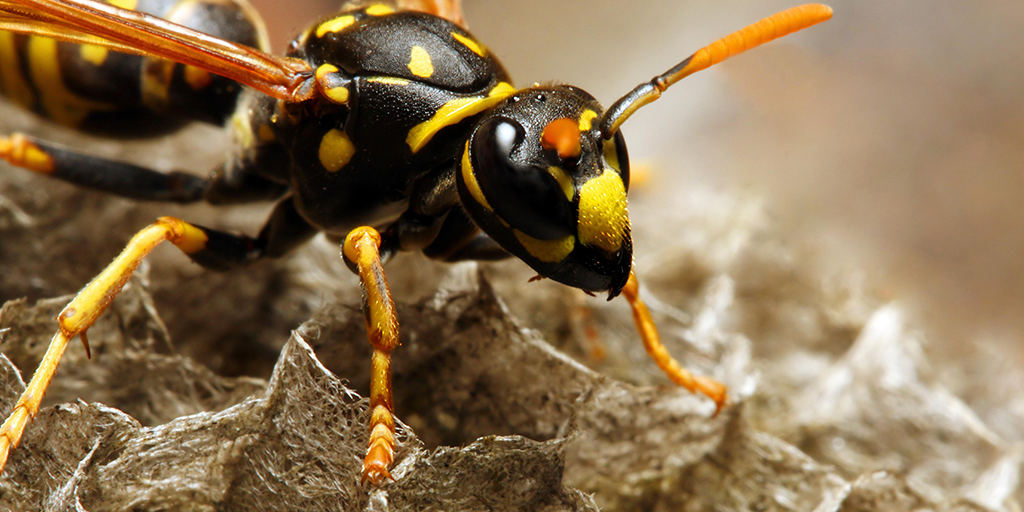Outdoor activities are an integral part of childhood, offering invaluable opportunities for exploration and physical development. However, these adventures often bring children into contact with various insects, leading to bug bites that can range from mildly annoying to potentially serious. This guide provides parents with straightforward advice on preventing bug bites, treating them effectively, and understanding when it’s time to consult a pediatrician.

The Usual Suspects
Bugs are an unavoidable part of exploring the outdoors, and while many bug bites are merely a nuisance, some can cause discomfort or health concerns for our little ones. From the itch of a mosquito bite to the potential dangers of a tick bite, understanding the variety of bugs that your infant may encounter is essential for prevention and treatment. This includes recognizing what these bugs look like, knowing when they are most active, assessing the pain level associated with their bites or stings, and identifying the appearance of the bites.
Mosquitoes
Mosquitoes are small, flying insects known for their diet of blood, which females require to produce eggs. They are distinguished by their slender bodies, long legs, and a proboscis specifically designed to pierce skin and siphon blood. Mosquitoes are notorious spreaders of diseases such as West Nile virus and Zika virus.
- About the Bugs: Most active during dawn and dusk, mosquitoes thrive in humid environments and are attracted to body heat and carbon dioxide.
- Experience and Pain Level: The bite is often unnoticed at the moment (1/10), but the itchiness afterward can be quite severe.
- Bite Appearance: Characterized by a raised, itchy welt that becomes red and swollen. The severity of the reaction can vary from person to person.
Ticks
Ticks are small, blood-sucking arachnids that latch onto the skin of mammals, birds, and sometimes reptiles and amphibians. They are known carriers of diseases like Lyme disease and Rocky Mountain spotted fever. Ticks do not jump or fly but instead transfer to hosts from vegetation where they wait with outstretched legs.
- About the Bugs: Ticks are found in wooded, bushy, or grassy areas and are most active in warmer months.
- Experience and Pain Level: The bite itself is usually painless (1/10), but the potential for disease transmission adds a level of risk.
- Bite Appearance: A small red spot at the site of the bite. If disease transmission occurs, symptoms can include a bullseye rash, fever, and fatigue.
Bees and Wasps
Bees and wasps are flying insects known for their roles in pollination (bees) and predation or parasitism (wasps). While bees are fuzzy and collect pollen, wasps have a smoother appearance and are carnivorous. Both can sting when threatened, injecting venom into their target.
- About the Bugs: Active in warmer months, often found near flowers, gardens, and outdoor eating areas.
- Experience and Pain Level: The sting causes immediate sharp, burning pain (5/10) and results in a red welt with a white spot at the center.
- Bite Appearance: A swollen, red, and itchy area around the sting site, sometimes with the stinger visible.
Fire Ants
Fire ants are small, aggressive ants with a painful sting. They build large mounds in the ground and will swarm and sting en masse if their nest is disturbed. Their sting injects a venom that causes a burning sensation and results in itchy blisters.
- About the Bugs: Found in warm climates and outdoors in sunny areas. They are most aggressive when their nests are disturbed.
- Experience and Pain Level: The sting is immediately painful and burns (6/10), followed by itchy welts and potentially blisters.
- Bite Appearance: Red welts that can develop into small, pus-filled blisters, typically very itchy and grouped.
Spiders
Spiders are arachnids, not insects, and most are harmless to humans, with the exception of a few species like the black widow and brown recluse in the U.S. They are characterized by their eight legs, two body segments, and often, venomous bites used to subdue prey.
- About the Bugs: Spiders are typically solitary and can be found in dark, undisturbed areas both indoors and outdoors.
- Experience and Pain Level: For non-venomous spiders, the bite may be painless or mildly irritating (2/10). Venomous spider bites, however, can be significantly more painful (7-8/10).
- Bite Appearance: Minor swelling and redness for non-venomous bites; venomous bites can cause severe pain, necrosis, and systemic symptoms.
Insects such as mosquitoes, ticks, and bees are common culprits behind bug bites in children. These bites typically result in symptoms like redness, swelling, and itching. However, the reaction can vary significantly from one child to another, with some experiencing more pronounced symptoms.

Treating Bug Bites in Kids
Here’s how you can treat bug bites effectively, ensuring quick relief and preventing complications.
Prevention: The First Line of Defense
- Be Mindful of Bug-Prone Areas: Familiarize yourself with environments that attract insects, such as stagnant water, dense foliage, and gardens, and supervise children to keep them away from these areas as much as possible.
- Dress Appropriately: When outdoor adventures call, dress your child in long sleeves, pants, and closed shoes to minimize exposed skin. Light-colored clothing is less attractive to some insects.
- Use Insect Repellent: Apply a child-safe insect repellent on exposed skin and clothing. Repellents containing DEET, picaridin, or oil of lemon eucalyptus are effective but should be used according to the product instructions and age restrictions.
- Stay Indoors During Peak Insect Times: Dawn and dusk are prime times for mosquitoes. Plan indoor activities during these periods to avoid exposure.
Treating Bug Bites
- Clean the Area: Wash the bite with soap and water to reduce the risk of infection and remove any irritants left by the insect.
- Apply Cold Compresses: A cold pack or damp cloth applied to the bite site can help alleviate swelling and itching.
- Consider Over-the-Counter Remedies: For itching, consider applying calamine lotion or a low-concentration hydrocortisone cream. Oral antihistamines may also help reduce itching and swelling. Pain relief can be provided by acetaminophen or ibuprofen, following age-appropriate dosages.
- Discourage Scratching: Encourage your child not to scratch the bite. Keeping fingernails short and covering the bite with a bandage can help reduce scratching and the risk of infection.
Specific Treatments Based on Bug Types
- Mosquito Bites: Characteristically itchy and swelling, mosquito bites often become red and slightly raised. Applying a mixture of baking soda and water can relieve the itch. Antihistamines, either topical or oral, may be recommended for persistent itching.
- Bee Stings: Bee stings can be more painful and require the removal of the stinger. Scraping the skin horizontally with a blunt object, such as a credit card, can help. Ice application and over-the-counter pain relievers can manage pain and swelling. It’s crucial to watch for allergic reactions, such as difficulty breathing or hives, which necessitate immediate medical attention.
- Tick Bites: With potential risks like Lyme disease, tick bites require careful handling. Use tweezers to remove the tick by grasping it as close to the skin’s surface as possible and pulling upwards steadily. Saving the tick for identification and consulting a healthcare provider for a follow-up is advisable, especially in regions where Lyme disease is prevalent.
- Spider Bites: Spider bites vary in severity. For non-venomous spiders, treatment involves cleaning the area and applying ice to reduce pain and swelling. If a venomous spider bites, such as a black widow or brown recluse, seek immediate medical care.
- Chigger Bites: Chiggers cause intense itching and small red bumps. Bathing in warm water and using antiseptic soap can help remove any remaining chiggers on the skin. Applying antihistamine or corticosteroid creams can alleviate itching.
When to Consult a Pediatrician
While most bug bites are harmless and can be treated at home, there are situations where medical advice is necessary:
- If the bite appears infected, characterized by increased redness, warmth, swelling, or pus.
- If symptoms of a severe allergic reaction occur, such as difficulty breathing, swelling of the face or lips, or hives spreading beyond the bite site.
- If there’s a possibility of a tick bite, especially in areas where Lyme disease is prevalent.
- If symptoms don’t improve with home treatment or if you have any concerns about your child’s reaction to a bug bite.

Tips for Bug-Proofing Your Backyard
There are things you can do to reduce the amount of bugs in your life!
Understanding the types of bugs you’re dealing with is the first step towards effective control. While some insects, like ground beetles, spiders, and ladybugs, play a beneficial role in your garden by preying on harmful pests or pollinating plants, others can cause significant damage. Aphids, caterpillars, fire ants, grubs, and mosquitoes are among the common culprits that can harm your plants or make outdoor living spaces less enjoyable. Recognizing these pests and their behavior patterns is crucial for targeted bug-proofing efforts.
1. Eliminate Standing Water: Mosquitoes breed in stagnant water, turning even the smallest puddles into insect nurseries. Regularly empty birdbaths, unclog gutters, and fill low areas where water may accumulate to disrupt their breeding cycle.
2. Maintain a Clean Environment: Proper sanitation is key to deterring various pests. Ensure that your garbage bins are securely covered and located away from entertainment and gardening areas to avoid attracting flies and ants.
3. Cover Outdoor Food: When dining outdoors, keep food items covered to prevent attracting ants and flies. Clean up promptly after meals to leave no temptations behind.
4. Welcome Natural Predators: Bats and birds can significantly reduce insect populations. Consider installing bat houses or bird feeders to invite these natural pest controllers into your yard.
5. Keep Your Lawn Trimmed: A tidy yard is less appealing to pests. Regular mowing and the removal of yard debris eliminate hiding spots and breeding grounds for insects.
6. Use Natural Repellents: Planting bug-repelling plants like lavender, marigolds, and lemongrass can create a natural barrier against pests. Additionally, burning citronella candles can help keep mosquitoes at bay during outdoor activities.
7. Opt for Non-Toxic Pesticides: When necessary, choose eco-friendly and non-toxic pesticides to target pests without harming beneficial insects or the environment. Apply these treatments judiciously, focusing on affected areas and following product instructions carefully.
8. Create Physical Barriers: Mulch barriers can deter certain pests, but ensure the mulch is dry to avoid attracting moisture-loving bugs. Inorganic options like gravel can also serve as an effective alternative.
Additional Strategies for Reducing Bugs
- Address Moisture Issues: Inspect your property for leaky hoses, overflowing plant saucers, and other sources of excess moisture. A dry yard is less inviting to many pests.
- Prune Overgrown Vegetation: Overgrown bushes and vines can offer shelter to insects. Keep plants well-pruned and away from your home’s foundation to reduce pest harborage areas.
- Deploy DIY Traps: For specific pests, homemade traps can provide targeted control. For example, a DIY mosquito trap using a cut bottle and a sugar-water solution can capture and reduce the local mosquito population.
Buzz-worthy Tips for a Bug-free Backyard
By implementing these bug-proofing strategies, you can significantly reduce the presence of unwanted insects in your yard, making your outdoor spaces more enjoyable throughout the warmer months. Remember, the key to success lies in a combination of preventive measures, natural solutions, and, when necessary, careful use of pesticides. With a little effort, you can enjoy a mostly bug-free backyard and make the most of the beautiful weather.
Finding What’s Right for You
Albee Baby is the oldest family-owned specialty baby shop in the US, and we pride ourselves on providing our customers with the best assortment of baby products anywhere, at fair prices, always. We’re committed to being an inclusive resource for parents, and hope you’re feeling empowered to find the right baby gear for your family. Still have questions? Feel free to contact our baby gear experts at 877.692.5233 or by email at [email protected].

